Date 7 September 1965 | ||
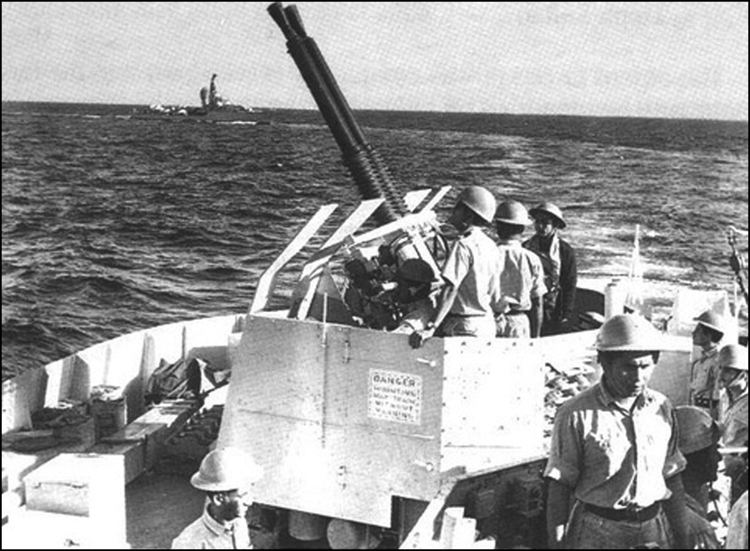 | ||
Similar Indo‑Pakistani War of 1965, Battle of Chawinda, Operation Trident, Battle of Asal Uttar, Operation Gibraltar | ||
Operation Dwarka was a naval operation commenced by the Pakistan Navy to attack the Indian coastal town of Dwarka on 7 September 1965. This was the first use of Pakistan Navy in any of the Indo-Pakistan Wars. It was one of the significant naval events of the 1965 Indo-Pak war, and Pakistan celebrates 8 September as "Victory Day" for Pakistan Navy.
Contents
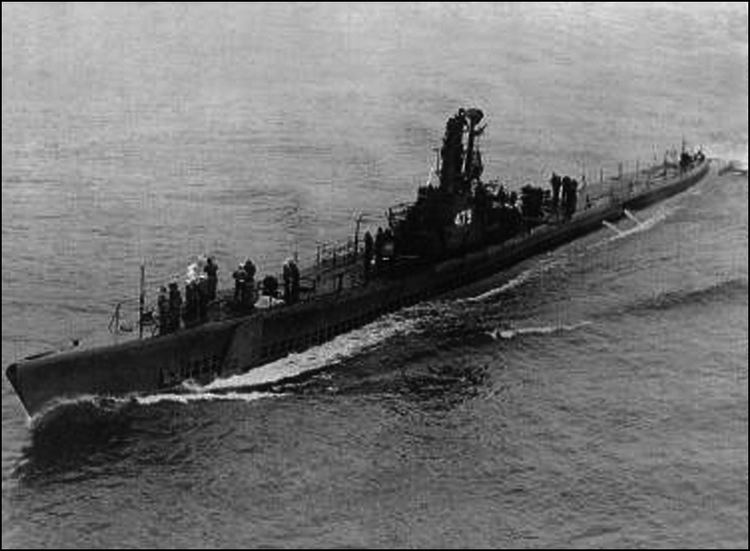
As the Indo-Pakistani War of 1965 broke out between India and Pakistan over Kashmir, armies and air forces of both nations were involved in intense fighting in the Punjab region and in Kashmir. To relieve pressure on the southern front, Pakistan decided to use its navy in the war by launching a quick strike on Indian coast. The primary objective of the attack ostensibly was to destroy the radar station at Dwarka which Pakistani Naval intelligence believed had a Huff-Duff beacon to guide Indian bombers. Pakistani high command also hoped to divert the operations of the Indian Air Force away from the north.
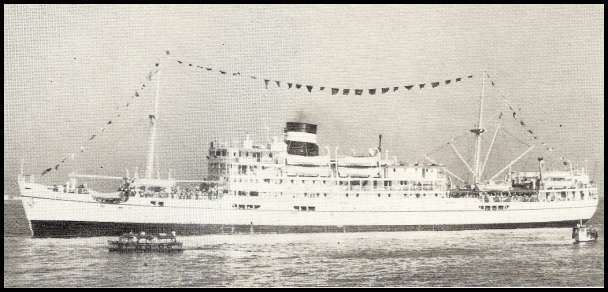
Objectives
The mission objectives of Pakistan Navy are listed below:
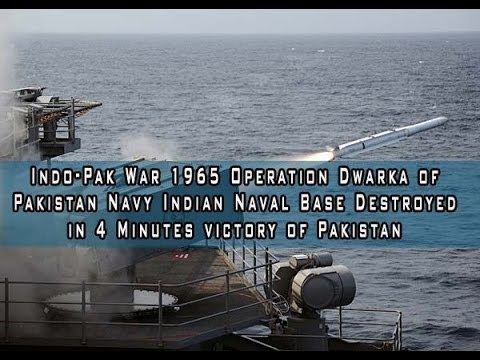
The naval attack
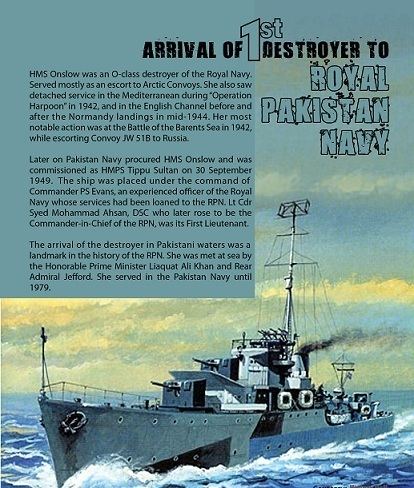
On the night of 7 September, the Pakistan Navy launched its assault on Western Indian shores. Dwarka was chosen for its proximity (200 km from Karachi Port), its lower defences and historical relevance. The plan called for a fleet of 7 naval vessels of Pakistan to bomb the tiny town of Dwarka. It was aimed at luring the heavy ships anchored in Bombay into attacking the Pakistani ships. The intention was that the submarine PNS Ghazi lurking in the Arabian Sea would then engage and sink the Indian ships. Accordingly, a fleet of seven ships comprising PNS Babur, PNS Khaibar, PNS Badr, PNS Jahangir, PNS Alamgir, PNS Shah Jahan and PNS Tipu Sultan set sail for Dwarka and bombarded the town.
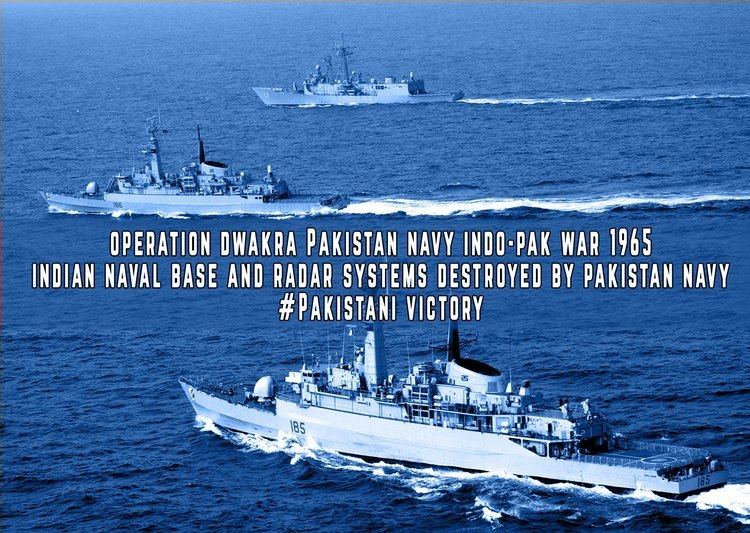
The warships harbored in Bombay were under refit and were unable to sortie, nor did PNS Ghazi encounter the active combatants on the West coast. The objective to divert the Indian Air Force attacking Pakistan's southern front worked as the Indian Air Force raids on the city of Karachi ceased, presumed by Pakistani sources to be due to lack of availability of the radar guidance to the IAF fighter jets, which was damaged in the attack.
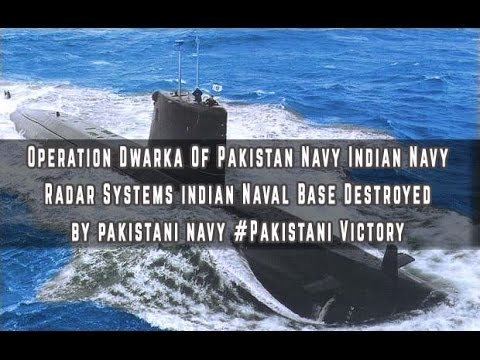
The Indian Navy's official version of events states that, at around 23:55 hours, the Pakistani vessels fired on Dwarka for more than 20 minutes. The ships fired around 50 shells each, which included 5.25 inch rounds fired by the Pakistani cruiser PNS Babur. The report adds that most shells fell between the temple and the railway station, which lay 3 km from the lighthouse. Some buildings were hit, with only the Railway Guest House suffering some minor damages and a cement factory of Associated Cement Company was also hit. Smoke from the damage was visible to the Pakistani warships approximately 20 kilometers away.
The radar installation was shelled during the bombardment but neither the radar was damaged nor were any casualties reported by Indian sources. A frigate INS Talwar was in nearby Okha port undergoing repairs and did not intervene. Hiranandani's history of the Indian Navy states that:
Next morning she (INS Talwar) was directed to send a team to Dwarka to assess the damage. The team found that most of the shells had fallen on the soft soil between the temple and the radio station and failed to explode. The air attack damaged a railway engine and destroyed a portion of a railway guesthouse.
A total of 40 unexploded shells were also recovered intact. Interestingly, the shells bore the mark "INDIAN ORDNANCE"; these were dated from the 1940s before the Partition of India into India and Pakistan.
Radio Pakistan, however, transmitted that Dwarka was badly damaged.
Naval command
The following is the list of commanding officers of the Operation Dwarka:
Aftermath
Operation Dwarka was a significant naval operation of the 1965 war, considered by some as a nuisance raid or of little strategic value. The Ministry of Defence had issued written instructions which ordered the Indian Navy "not to proceed two hundred miles beyond Bombay nor North of the parallel of Porbander". The lack of response by the Indian Navy to the attack on Dwarka led to questions being asked in Indian parliament and was considered a humiliation by Indian citizens and Navy personnel and a challenge to be answered by others. The Chief of Naval Staff, Vice Admiral B.S. Soman was restrained from retaliation for the Dwarka raid by the Defence Minister. Of the Indian Navy's 23 ships, ten were under refit in Bombay, including the Vikrant, the cruiser Delhi, three destroyers and two frigates. An Indian source explained this by saying that the Indian Government did not want to get into a naval conflict with Pakistan, but wished to restrict the war to a land-based conflict. The failure of INS Talwar to retaliate, then undergoing repairs to her condensers in Okha, has been lamented by Indian Vice Admiral N. Krishnan who said that no Government would blame a warship going into action, if attacked. PNS Ghazi continued to patrol Kachhh and Bombay coasts spotting aircraft positions when snorkeling.
The Dwarka raid is considered by Pakistani sources as being a prime reason for the Indian Navy's subsequent post-war modernization and expansion, with an increase in budget from Rs. 35 crores to Rs. 115 crores. The Dwarka raid, as per an Indian historian G. M Hiranandani, led to the procurement of missile boats by the Indian Navy from the Soviet Union for the Defense of Kutch. These were subsequently used by India in Operation Trident in the 1971 war. However, he attributes the expansion of the Indian Navy in the period 1965 to 1975 to the post-1962 planned expansion of the Indian Navy with many ships being negotiated and purchased from the Soviet Union prior to the war.
Popular culture
In 1998, Inter Services Public Relations (ISPR) financed and produced the dramatization of the operation named, "Operation Dwarka, 1965", which was based on this incident. The film was directed by Pakistani film director Qasim Jalali and it was written by Hameed Kashmiri.
